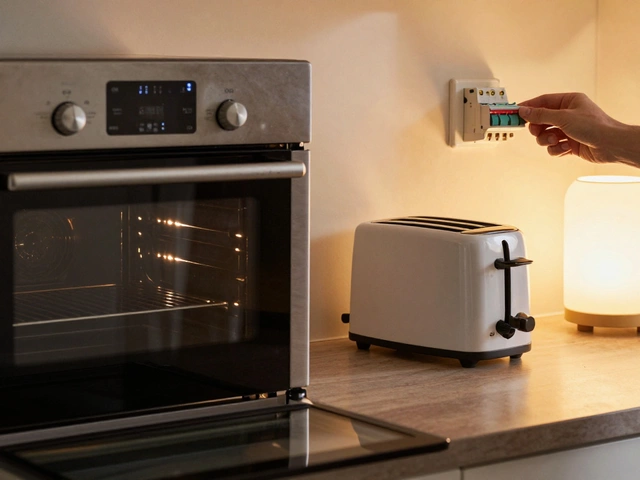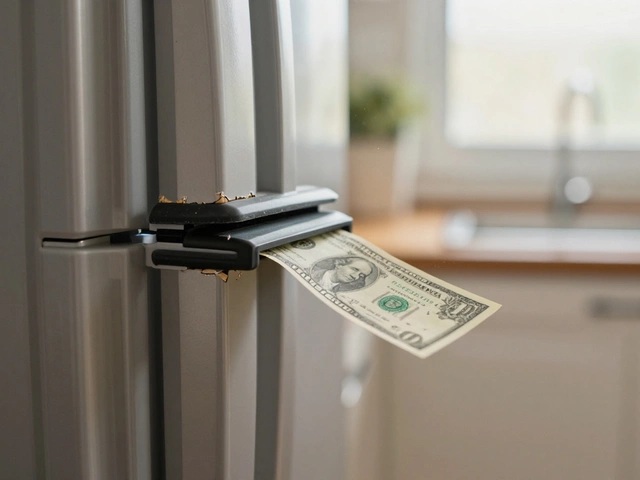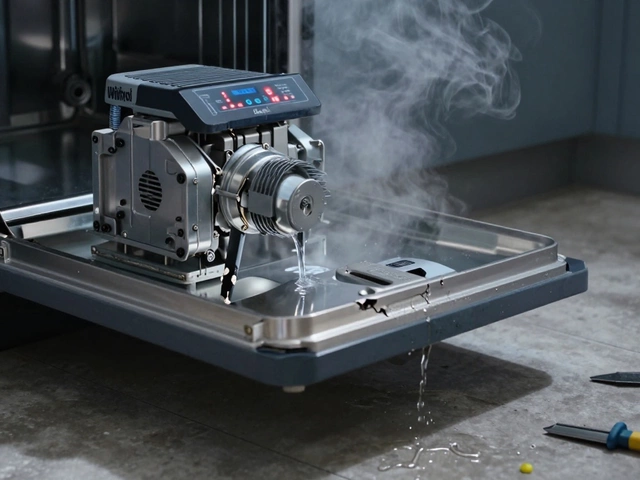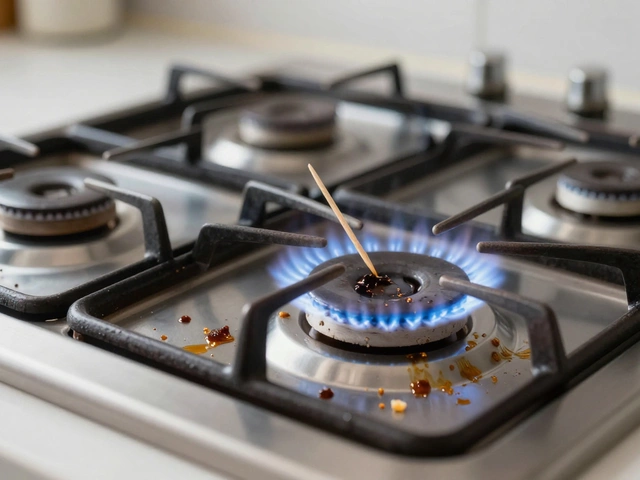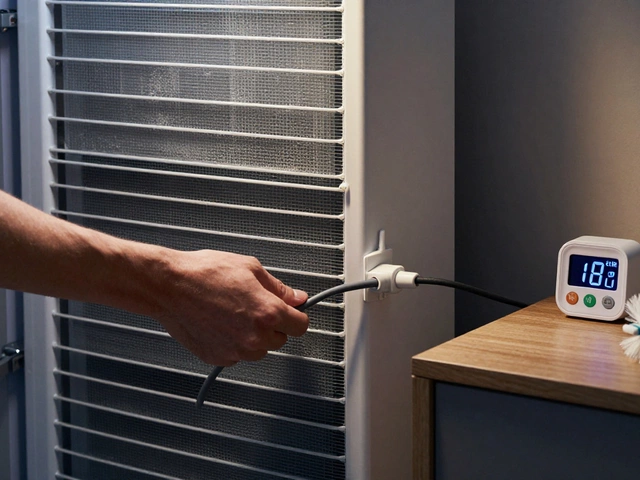Fixing a Broken Oven: Quick DIY Steps and Pro Help Guide
So your oven stopped heating, humming, or just won’t turn on? You’re not alone – most households face an oven glitch at some point. Before you panic or book a pricey call-out, try these easy checks. Most fixes take under 15 minutes and don’t need special tools.
Common Reasons an Oven Stops Working
1. Power supply issues. First thing – is the oven plugged in and is the circuit breaker on? A tripped breaker or a loose plug can make the whole unit look dead. Flip the breaker back on or reseat the plug and see if the display lights up.
2. Faulty heating element. If the oven turns on but won’t heat, the element might be broken. Turn the oven to a high temperature, then look inside (with the oven cool) for any visible cracks or a broken coil. A quick visual check often tells you if you need a replacement.
3. Door latch problem. Modern ovens won’t heat if the door isn’t fully closed. Make sure the latch clicks into place. If the latch is loose or broken, the oven’s safety sensor will stop the heating cycle.
4. Temperature sensor or thermostat. A faulty sensor can cause the oven to think it’s already at the set temperature. You can test it with a multimeter (if you have one). Ohms reading should be around 1,100 Ω at room temperature. Anything far off means it’s time for a new sensor.
5. Control board glitches. Blank displays or random error codes often point to a bad control board. Reset the oven by turning off the breaker for a minute, then turn it back on. If the problem persists, the board may need professional replacement.
When to Call a Professional
If you’ve checked power, the element, door latch, and sensor and the oven still won’t work, it’s probably time for a pro. Here are clear signs you should stop DIY and call an expert:
- Repeated error codes after a reset.
- Smoke, strange smells, or sparks when you try to turn the oven on.
- Gas ovens that won’t ignite – gas leaks are dangerous.
- Any issue involving the wiring or control board if you’re not comfortable with electricity.
Professional technicians have the right parts, tools, and safety training to fix these deeper problems quickly. Plus, they’ll guarantee their work, which can save you money in the long run.
Remember, regular maintenance can keep your oven humming for years. Clean the interior after each use, wipe away spills before they bake on, and give the heating element a quick visual inspection every few months. A little care now prevents big repairs later.
Whether you end up swapping a heating element yourself or calling a local repair service, you now have a clear roadmap. Your oven will be back to roasting, baking, and broiling before you know it. Happy cooking!"
How Much Does It Cost to Fix a Broken Oven? A Practical Guide
- Alden Wilder
- Mar 26 2025
- 0 Comments
Fixing a broken oven can vary in cost depending on the issue, from simple heating element replacements to complex electrical repairs. This guide breaks down typical repair costs, helpful tips for maintenance, and when it's best to call a professional. Discover budget-friendly solutions and learn simple DIY tricks to handle minor issues. Navigate the world of oven repairs with ease and confidence.
View More
